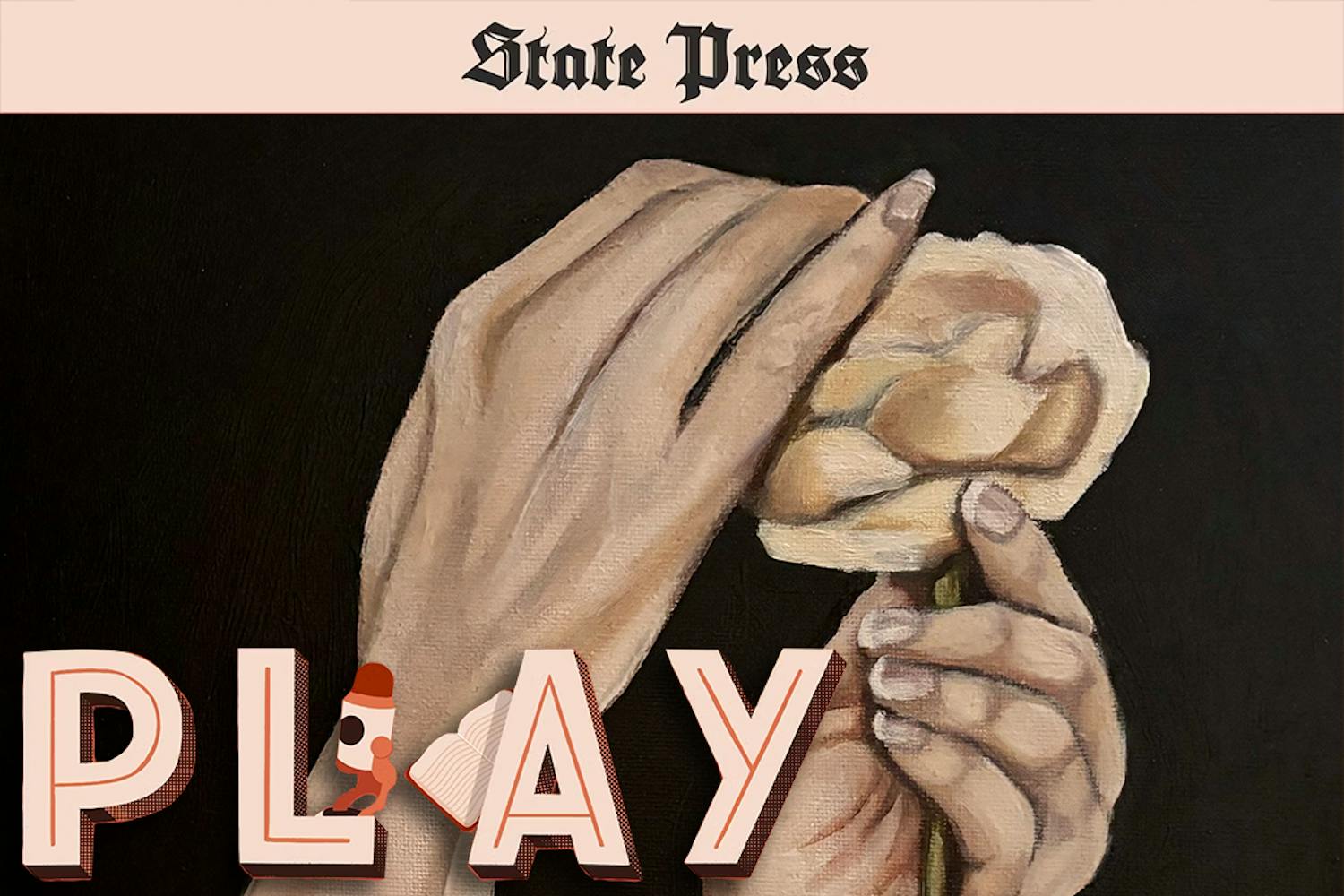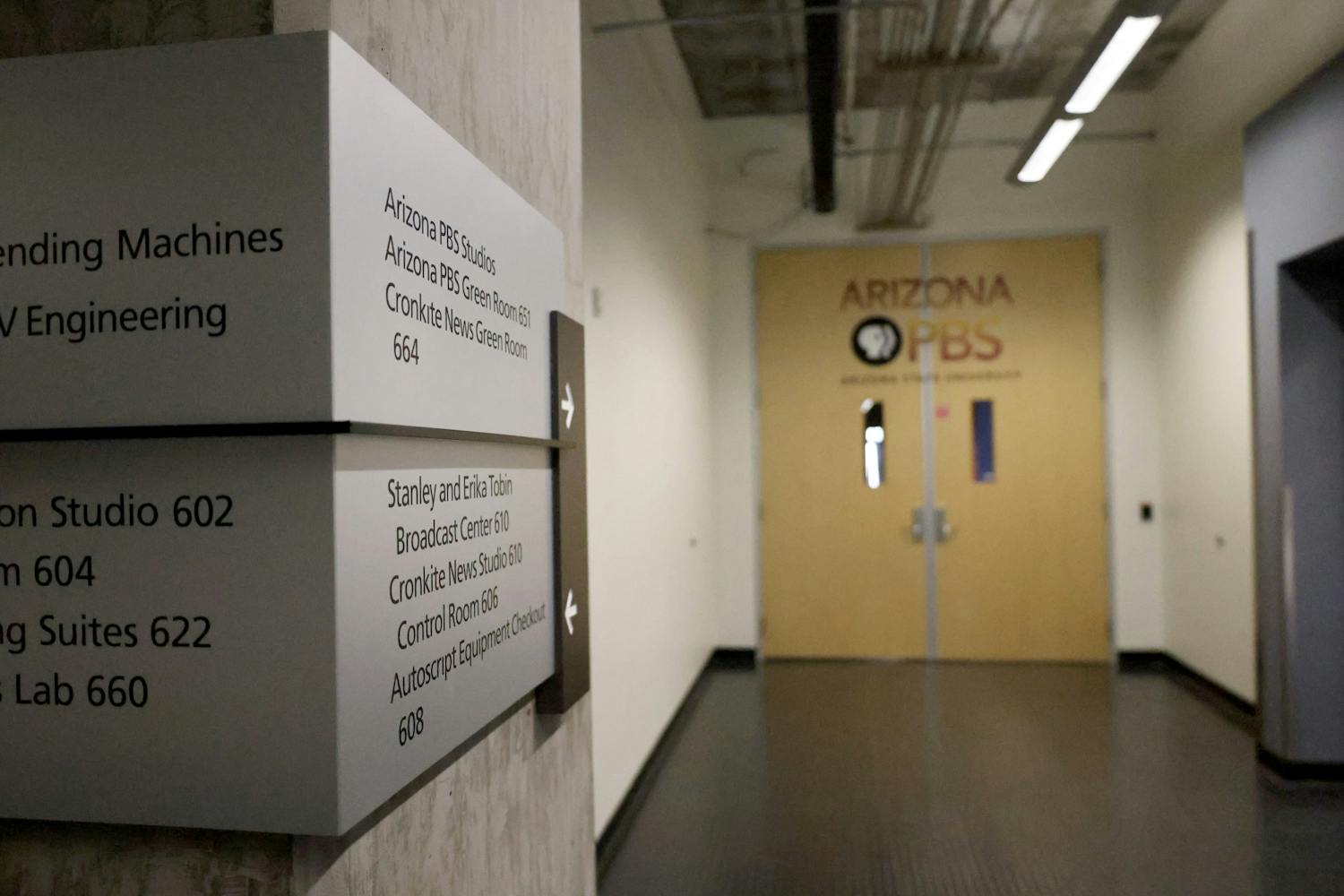Student teachers in ASU’s String Project will be doing more work for less pay this year after budget cuts and staff reductions changed the make-up of the program.
The program, which came to ASU in 2002, gives young musicians access to low-cost lessons taught by music education majors. Cuts to administrative staff have meant more work for program director Margaret Schmidt as she tries to give more students the opportunity to teach.
“There has been a real shortage of string and orchestra teachers all across the country,” Schmidt said. “The purpose of the program is to help prepare teachers better for success in the public schools.”
The String Project used to be part of the Herberger Community School, but is now running itself since the school was disbanded last summer due to lack of funding.
The Herberger Community School handled administrative tasks for String Project, like advertising, recruiting and enrollment paperwork. With the elimination of the program, Schmidt said she and her students have taken on those responsibilities.
“Now I am personally doing all the administrative things on top of my own teaching and research load,” she said. “Some of our students have gone out to the schools and done some advertising.”
The program has also had low enrollment the past few years, Schmidt said, so the program lowered its prices in order to attract more students.
Since last spring, the program has added 10 students to its group classes and has 30 more private lesson students after lowering their prices. The program now has a total of about 70 students.
“The good part about having more students is more ASU students can teach and gain experience and get paid a little bit for it,” Schmidt said.
Music education sophomore Devan Arcangeli is a new teacher for the program this year, and said most, if not all, of the teachers in the program are not in it for the pay.
“It gives us a feel for what it’s really like teaching in an orchestra,” she said. “It’s exciting to see their faces when they get something.”
Teachers in the program are now getting paid about $4 for every half-hour lesson, Arcangeli said, though they used to get $6 for every half hour.
“We get paid for it, but not very much,” she said. “The money is really the icing on the cake; it’s not really what we teach for.”
She said the program benefits students from lower income families who may not be able to pay full price for private lessons.
“It’s a really good thing for kids from families who can’t sign up for expensive lessons,” she said. “They can get lessons from us with the same quality of teaching for an eighth of the price.”
Music education junior James Hutchins is entering his third year as a teacher in the program, and said the budget cuts were a positive.
“More students are able to improve themselves and it’s far more reachable for some families than it used to be,” Hutchins said. “I’d rather be paid less and have more students be able to come in and learn.”
Reach the reporter at ymgonzal@asu.edu





